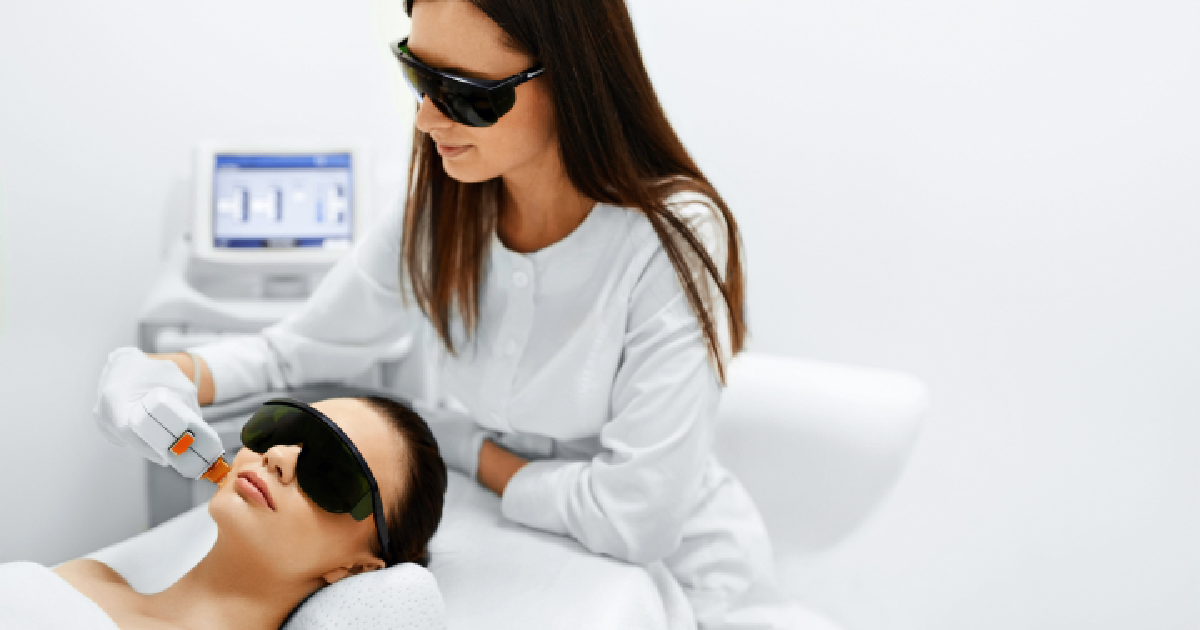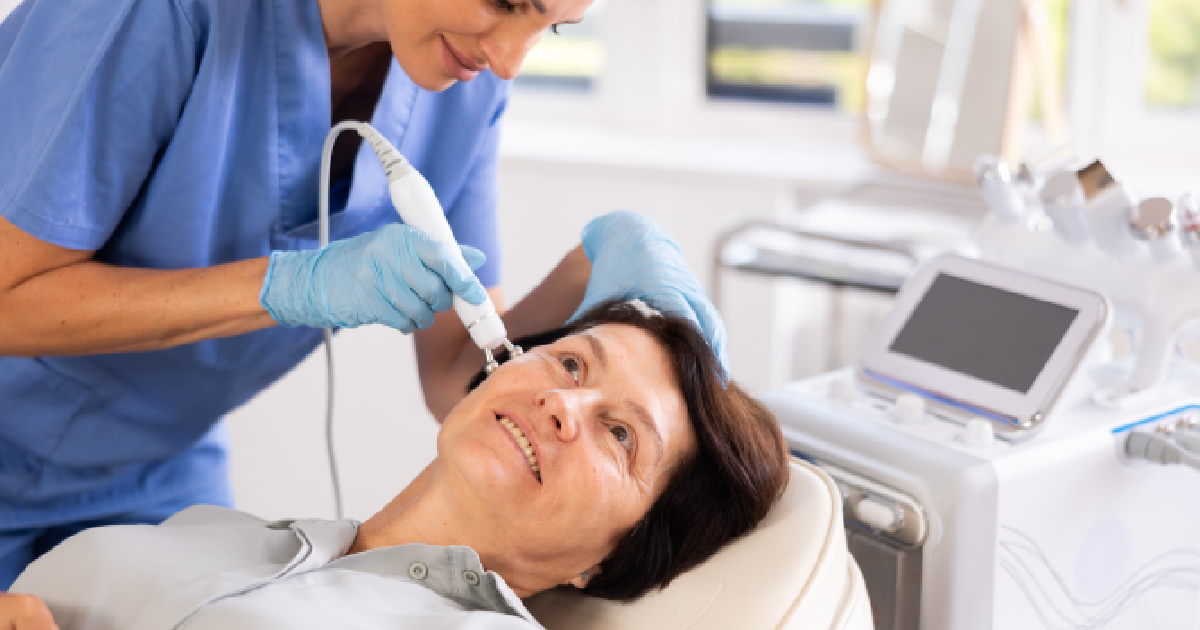1. Getting Ready for Radiant Skin
Preparing for a medical grade peel can be an exciting step towards achieving radiant skin. The initial anticipation of the treatment can lead to a mix of nerves and eagerness. However, with the right preparation, you can ensure a smoother experience and optimal results.
One of the first steps in getting ready for a medical grade peel is understanding the process and what it entails. Researching the different types of peels available, their benefits, and how they work can help you feel more confident and informed before your treatment.
Consulting with a skincare professional is crucial before undergoing a medical grade peel. During your consultation, discuss your skin concerns, goals, and any pre-existing conditions. This information will help determine the most suitable peel for your skin type and address any potential risks.
In addition to understanding the peel process, it’s essential to follow any pre-peel instructions provided by your skincare specialist. These instructions may include avoiding certain skincare products, medications, or treatments in the days leading up to your peel to ensure the best possible outcome.
2. Understanding the Importance of Consultation
The consultation before a medical grade peel is a critical step in the process. It allows your skincare expert to assess your skin, discuss your expectations, and tailor the treatment to your specific needs. Transparency during this consultation is key to a successful outcome.
During the consultation, be sure to inform your specialist about any allergies, sensitivities, or past skin reactions. This information will guide them in selecting the most appropriate peel and customizing the treatment to minimize any adverse effects.
The consultation is also an excellent opportunity to ask questions about the peel, the expected results, and the post-treatment care. Clear communication with your skincare provider will help you feel more comfortable and knowledgeable about the entire process.
Remember, the consultation is a two-way conversation. Feel free to express any concerns or uncertainties you may have. Your skincare expert is there to address your worries, provide clarity, and ensure you feel confident about moving forward with the peel.
3. The Dos and Don’ts of Pre-Treatment Skincare
Before your medical grade peel, there are certain dos and don’ts to keep in mind to prepare your skin adequately. One essential ‘do’ is to hydrate your skin well in the days leading up to the treatment. Proper hydration can help improve skin elasticity and reduce potential irritation.
On the flip side, one of the ‘don’ts’ is to avoid excessive sun exposure and tanning beds. UV exposure can make your skin more sensitive and prone to damage, so it’s crucial to protect your skin from harmful rays before and after the peel.
Another important ‘do’ is to follow a gentle skincare routine and avoid harsh exfoliants or active ingredients that could irritate your skin. Opt for mild, hydrating products to keep your skin barrier intact and in optimal condition before the peel.
Lastly, a vital ‘don’t’ is to refrain from waxing, threading, or any aggressive hair removal methods close to your peel date. These procedures can lead to skin sensitivity and potential complications during or after the peel.
4. Ensuring Your Skin Is in Prime Condition
To ensure your skin is in prime condition for a medical grade peel, maintaining a healthy skincare routine is key. Regular cleansing, moisturizing, and sun protection are essential steps in preparing your skin for the treatment.
Incorporate antioxidant-rich products into your skincare regimen to help combat free radical damage and promote skin repair. Antioxidants like vitamin C can enhance the results of your peel and support overall skin health.
Prioritize a balanced diet and stay hydrated to improve your skin’s resilience and ability to recover post-peel. Nutrient-rich foods and plenty of water can nourish your skin from within and contribute to a smoother, more effective peel experience.
5. Pain Management Strategies to Consider
While some discomfort during a medical grade peel is normal, there are pain management strategies to help minimize any unpleasant sensations. Topical numbing creams or cooling devices may be used before the peel to enhance your comfort during the treatment.
Communicate openly with your skincare provider about any discomfort you may experience during the peel. They can adjust the treatment or provide additional measures to alleviate pain and ensure a more tolerable experience for you.
Deep breathing exercises or listening to calming music during the peel can also help distract your mind from any discomfort. Relaxation techniques can assist in reducing stress and promoting a more positive mindset throughout the treatment.
6. Post-Peel Care: Your Skin’s Road to Recovery
After your medical grade peel, proper post-peel care is vital to support your skin’s recovery process. Follow the post-peel instructions provided by your skincare specialist to ensure the best possible results and minimize any complications.
Moisturize your skin regularly post-peel to soothe any dryness or tightness and promote healing. Opt for gentle, hydrating products that will help restore your skin’s barrier and maintain its moisture balance.
Avoid harsh exfoliation, vigorous scrubbing, or picking at any flaking skin post-peel to prevent irritation and scarring. Treat your skin gently and allow it to naturally shed dead cells without interference for optimal healing.
7. Sun Protection After Your Peel: A Must-Do Step
After a medical grade peel, your skin is more sensitive to UV damage, making sun protection a non-negotiable step in your skincare routine. Apply a broad-spectrum sunscreen with an SPF of 30 or higher daily to shield your skin from harmful UV rays.
Limit sun exposure, especially during peak hours, and wear protective clothing like hats and sunglasses to further safeguard your skin post-peel. Sun protection not only prevents sunburn but also reduces the risk of hyperpigmentation and premature aging.
Consider incorporating antioxidants into your post-peel skincare routine to enhance your skin’s defense against environmental stressors like UV radiation. Antioxidants can help neutralize free radicals and support your skin’s repair process after the peel.
8. The Long-Term Benefits of Medical Grade Peels
While the immediate results of a medical grade peel are noticeable, the long-term benefits are equally compelling. Regular peels can improve skin texture, reduce fine lines, and enhance collagen production over time for sustained skin rejuvenation.
Medical grade peels can address various skin concerns such as acne, hyperpigmentation, and sun damage, making them a versatile treatment option for a range of skin types. Consistent peels can maintain skin health and vitality for long-lasting skin improvements.
By committing to a series of medical grade peels as part of your skincare routine, you can achieve cumulative benefits that promote a more radiant, youthful complexion. Consult with your skincare specialist to create a personalized peel plan that aligns with your skin goals.





